11111
In the realm of industrial and architectural materials, expanded metal solutions have emerged as versatile components trusted for their strength, durability, and adaptability. From standard expanded metal to specialized variants like stainless steel expanded metal lath, custom expanded metal, metal lath sheet, and expanded brass mesh, these products cater to a wide range of applications across sectors such as construction, manufacturing, and design. Their unique properties make them essential for everything from structural support to decorative elements, highlighting their significance in modern engineering and aesthetics.
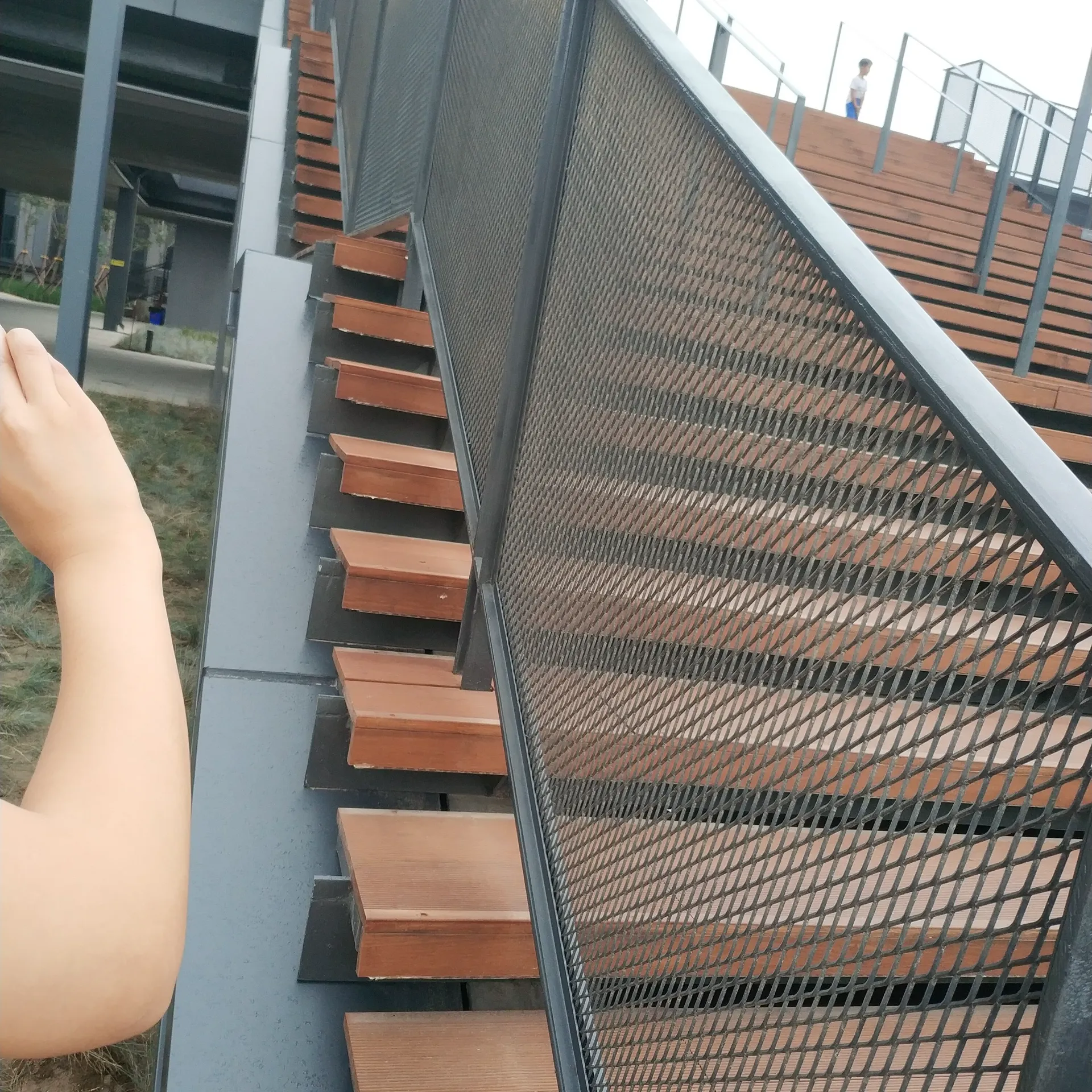
The Foundations of Standard Expanded Metal
Industries often rely on standard expanded metal for its consistent design and broad utility. This type of expanded metal is created by slitting and stretching a single sheet of metal, forming a network of interlocking diamonds or other patterns. In construction, standard expanded metal is frequently used as a base for plaster or concrete, providing reinforcement and preventing cracking. For example, in commercial building projects, it may be installed as a lath beneath stucco surfaces, ensuring the material adheres securely and withstands environmental stressors. Its affordability and availability in various metal types (such as steel or aluminum) make it a go - to choice for projects that require reliable, cost - effective reinforcement.
The Advantages of Stainless Steel Expanded Metal Lath
Stainless steel expanded metal lath offers enhanced performance in demanding environments. The corrosion - resistant properties of stainless steel make this variant ideal for applications where exposure to moisture, chemicals, or high temperatures is a concern. In industrial settings, such as food processing facilities or coastal constructions, stainless steel expanded metal lath is used to create durable partitions, safety barriers, or ventilation panels. Its resistance to rust and staining ensures long - term reliability, reducing maintenance costs and improving the lifespan of the structure. Additionally, the sleek appearance of stainless steel makes it suitable for architectural applications where both functionality and aesthetics are prioritized.
The Flexibility of Custom Expanded Metal
For projects with unique requirements, custom expanded metal provides tailored solutions. Manufacturers can adjust factors such as hole size, pattern, metal type, and sheet thickness to meet specific design or functional needs. In architectural design, custom expanded metal may be shaped into intricate screens or facades, adding visual interest to buildings while maintaining structural integrity. For industrial use, custom designs can optimize airflow, light penetration, or security levels. For instance, a manufacturing plant might commission custom expanded metal with a specific mesh size to filter out debris while allowing ventilation, demonstrating how customization enhances both performance and purpose.
The Practicality of Metal Lath Sheet
Metal lath sheet is a key component in many construction and renovation projects. Designed to provide a stable substrate for plaster, render, or insulation, these sheets are often made from galvanized steel or aluminum to resist corrosion. In residential construction, metal lath sheet is commonly used on walls or ceilings to ensure that plaster adheres evenly, preventing sagging or peeling. Its lightweight yet sturdy design makes it easy to install, saving time and labor costs. Moreover, metal lath sheets can be cut and shaped to fit irregular surfaces, making them suitable for both new builds and repair work.
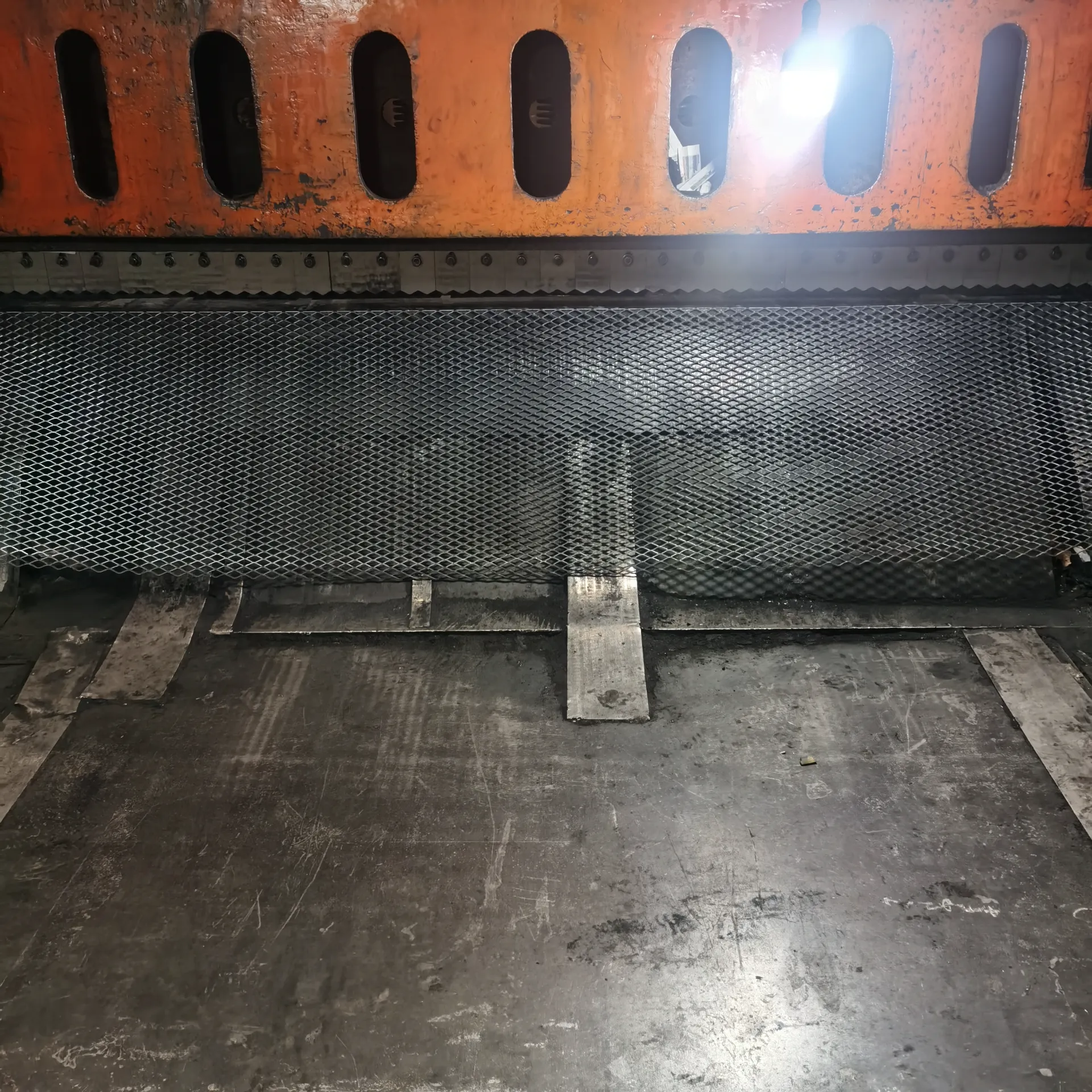
The Niche Applications of Expanded Brass Mesh
Expanded brass mesh stands out for its unique combination of conductivity, malleability, and aesthetic appeal. Brass, an alloy of copper and zinc, offers excellent corrosion resistance and a warm, golden hue, making expanded brass mesh suitable for decorative applications in interior design, such as room dividers, light fixtures, or furniture accents. In industrial settings, its electrical conductivity makes it useful for grounding applications or electromagnetic shielding. For example, in electronics manufacturing facilities, expanded brass mesh may be used to create Faraday cages or static - dissipating barriers, highlighting its versatility across different sectors.
FAQ: Key Questions About Expanded Metal Products
How to choose the right material for an expanded metal project?
Selecting the appropriate material depends on factors like environment, load requirements, and aesthetics. For outdoor or corrosive environments, stainless steel expanded metal lath or galvanized steel options are ideal. For decorative purposes, expanded brass mesh or aluminum variants offer visual appeal. Standard expanded metal in mild steel is suitable for general - purpose applications where cost and durability are balanced.
Can custom expanded metal be used for structural applications?
Yes, custom expanded metal can be engineered for structural use. Manufacturers can adjust the metal thickness, pattern, and spacing to meet load - bearing requirements. It is essential to work with a supplier that understands structural engineering standards to ensure the custom design meets safety and performance criteria.
What maintenance is required for expanded metal products?
Maintenance varies by material. Stainless steel expanded metal lath and expanded brass mesh typically require minimal upkeep, just occasional cleaning with a soft cloth and mild detergent to remove debris. For steel variants, inspect for rust in humid environments and apply protective coatings as needed. Regular checks for damage or loose fittings are recommended for all types.
How does expanded metal differ from woven wire mesh?
Expanded metal is created by slitting and stretching a single sheet, resulting in a solid, unbroken structure with interlocking metal strands. Woven wire mesh, however, is made by weaving individual wires together. Expanded metal is generally stronger and more rigid, making it better suited for structural or heavy - duty applications, while woven mesh is often used for filtering or decorative purposes.
Is expanded metal suitable for outdoor architectural designs?
Yes, many expanded metal products are well - suited for outdoor use. Materials like stainless steel or powder - coated aluminum in custom expanded metal or metal lath sheet can withstand weathering, UV exposure, and temperature fluctuations. They are frequently used for facades, sunscreens, or decorative screens in outdoor architecture, combining functionality with visual appeal.

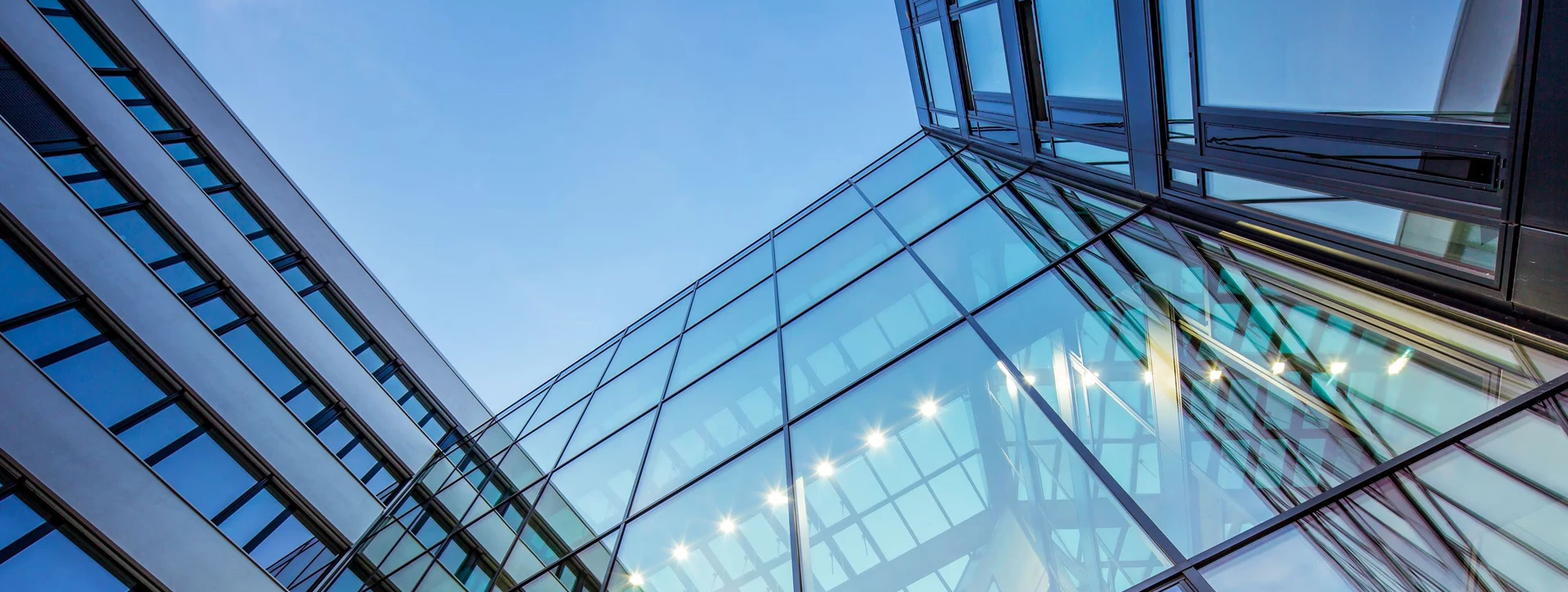
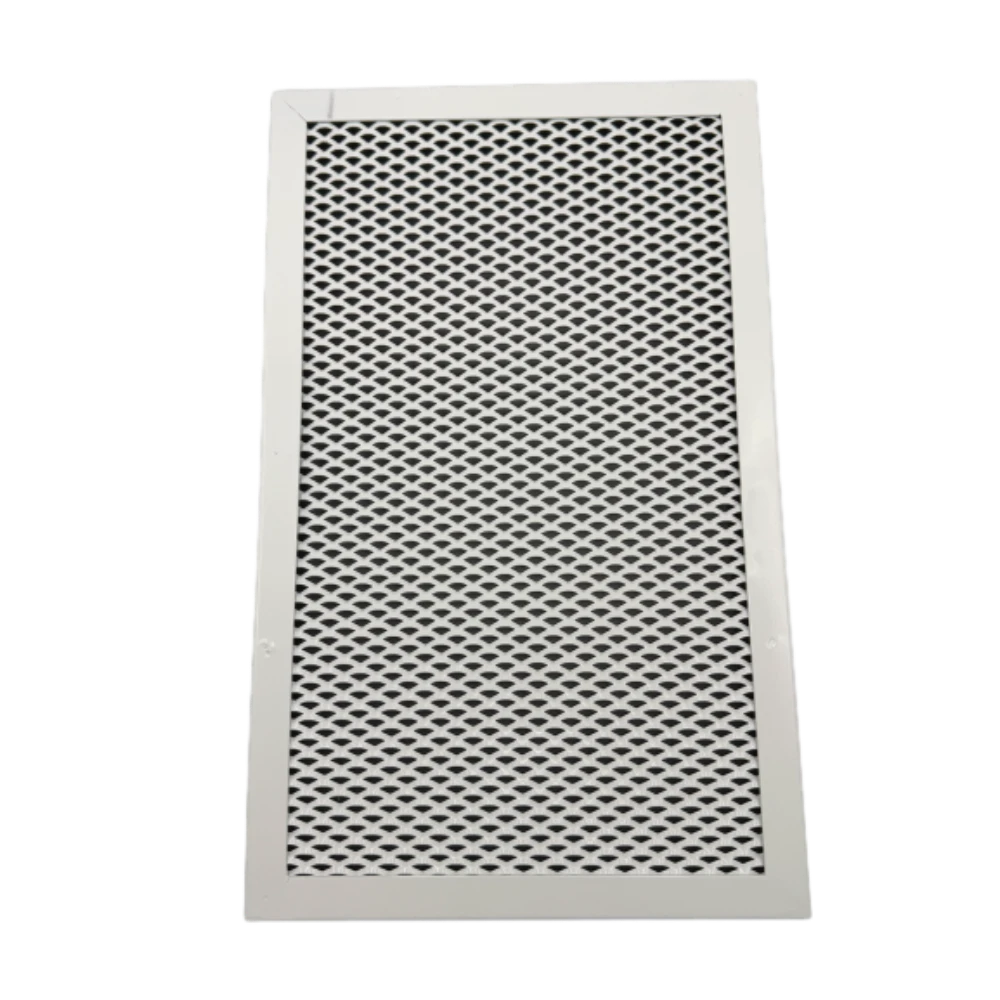

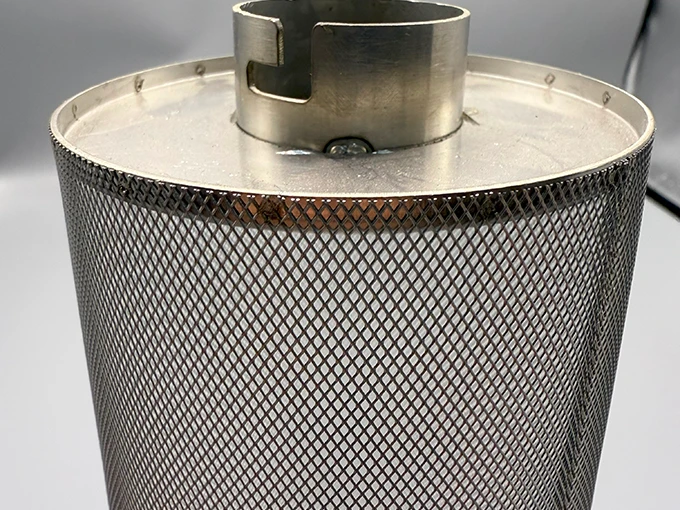
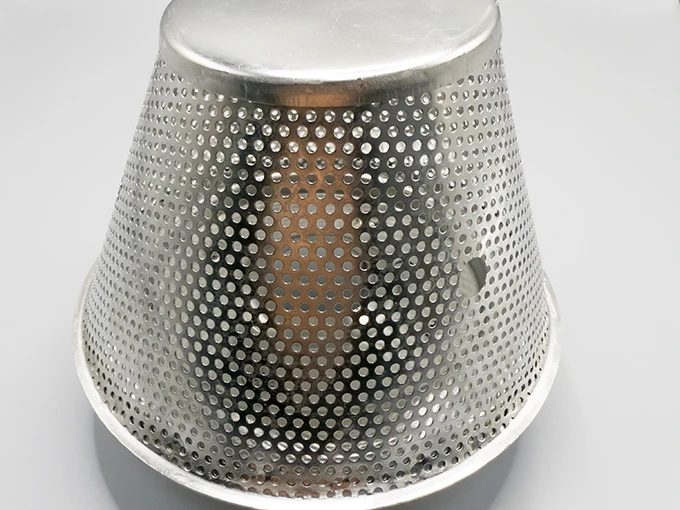












![$item[título] $item[alt]](https://www.ccmetalmesh.com/images/cc-7691.webp)

